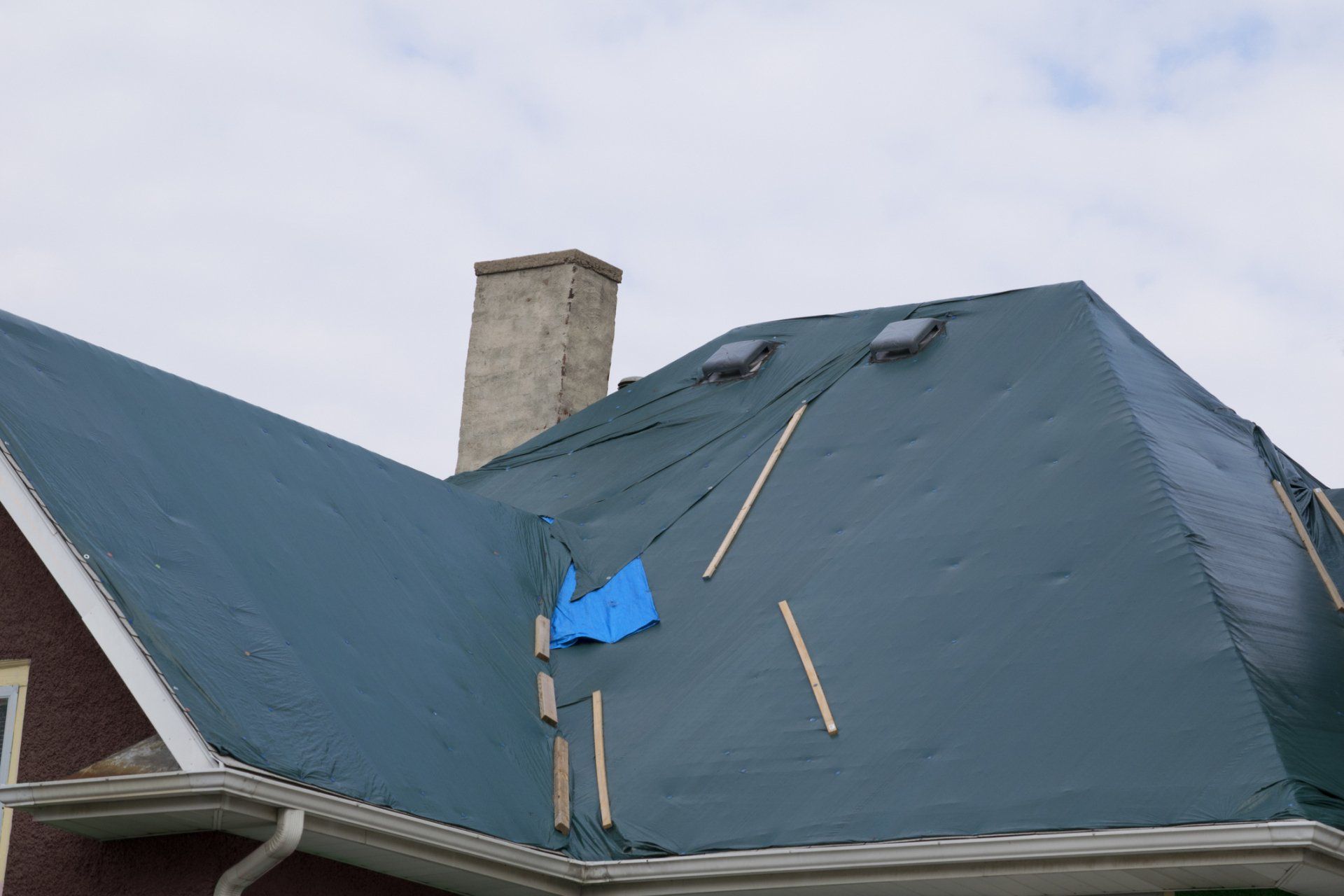What is Rubber Roofing?
Utilizing rubber roofing for your business is a great way to cut costs and increase energy efficiency. This material can be used on virtually any type of building, including warehouses, factories, large storage units, or other commercial buildings.
Rubber makes it easy to create an energy-efficient roof. The material can be easily cut to accommodate ventilation or other features, and it doesn’t require labor-intensive processes like concrete or metal roofing materials.
Easier on your wallet and on your time. Rubber roofing is easier to install than other roofing materials, so you can save time and money on installation. Depending on the structure and size of your building, the rubber sheets can be affixed to the roof and tightened into place with minimal effort.
If you're looking for ways to save money while also protecting your building, investing in rubber roofing might be one of the best options.
What is Rubber Roofing?
Rubber roofing is a material made of rubber that is used as a weatherproof and waterproof roofing material. It consists of multiple layers of rubber, with some elasticity to it, and can be purchased in sheets for installation over your roof. Also, you can coat the roof in a single layer by spraying it on. Rubber roofing is generally black or white, but different colors are available too.
Types of Rubber Roofing
Rubber roofing can be manufactured from either natural or synthetic rubber. Other than the production materials, the difference between types of rubber roofing is how it is applied. The most common types of rubber roofing are:
- Multi-ply roofing systems that include Built-up Roofing and Modified Bitumen Roofing
- Single-ply Roofing that includes, PVC, TPO, and EPDM roofing
- Coated or spray-on roofing that includes coal tar epoxy and mastics
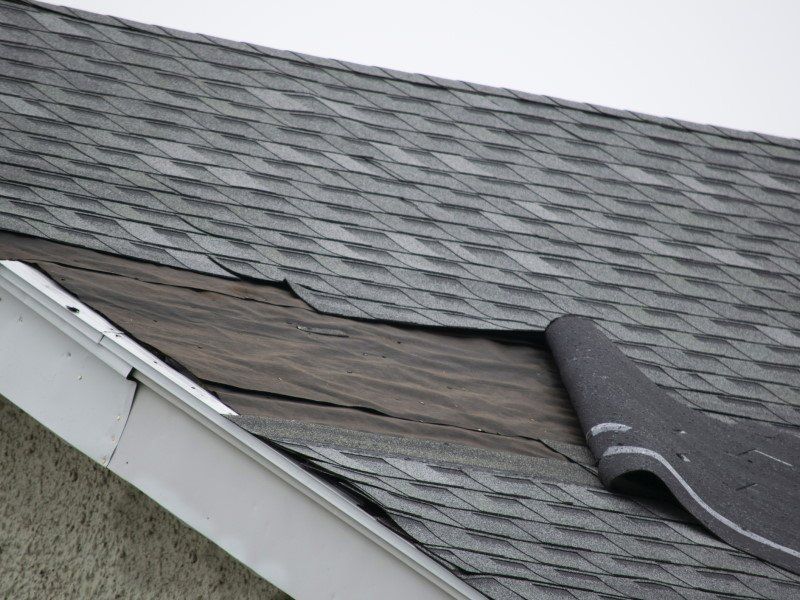
Multi-Ply Rubber Roofing Systems
Multi-ply roofing consists of rubber with layers upon layers of felt paper in-between. This type of roofing is usually used on flat roofs, can be installed over existing roofs, and works well in cold climates. There are further two types of this rubber roofing system:
Built-Up Roofing
This is the cheapest, most common type of multi-ply roofing system. It’s produced by combining various layers of felt with emulsion or asphalt, and it comes in rolls for easy installation. Most building contractors use this type due to its low cost and ease of installation. Also, since there are many layers, it’s very durable and stands up well to wind and other types of harsh weather. To prevent it from UV radiations and make it suitable for foot traffic, a top layer of gravel is normally applied.
Modified Bitumen Roofing
This is an advanced type of multi-ply roofing system that’s used for industrial, commercial, and heavy traffic buildings. The material consists of one layer of rubber with a second layer of high-performance synthetic underlayment material. With fewer layers than built-up roofs, modified bitumen roofs are very durable and can stand up to extreme weather. Their strength lies in the reinforced top layer. They are easier to install than BUR since modified bitumen roofing now comes in self-adhesive rolls that do not require hot mopping or torch-applied methods.
Single-Ply Rubber Roof Membranes
A single-ply roof is a type of rubber roofing that consists of a single layer of material. It comes with a number of benefits, including being lightweight and easy to install, recyclable, affordable, and suitable for use with most roofs types. Also, since it’s made from one single layer, it’s very simple to install and maintain. Plus, in certain cases, the entire roofing system can be installed in one day by a single installer.
Three types of single ply roofing are as follows:
PVC Roofing
This is a highly adaptable material that’s available in a wide range of colors and styles. It can be ordered as smooth or textured, it comes with an easy-clean surface that resists dirt build-up, and it doesn’t corrode or rust even if exposed to harsh weather. In addition, PVC roofing is resistant to UV rays and high temperatures.
TPO Roofing
This type of rubber roofing blend consists of a combination of polyethylene and propylene. Since it uses a polymer-based material, TPO can be made flexible depending on the manufacturer’s specifications. Also, the material is flame-resistant and comes with a smooth surface with excellent resistance to chemical spills.
EPDM Roofing
This type of single-ply roofing system consists of ethylene propylene diene monomer rubber and is sold as self-adhesive flat sheets. It’s popular because it’s made from one of the safest and most durable polymers available. In addition, it’s tightly bonded, waterproof, and comes with a high-temperature exposure resistance.
Coated Rubber Roofing
These systems are made by applying coal tar epoxy to EPDM rubber. Coal tar is one of the few products that can be safely applied directly to rubber. The coating can be applied in both liquid or solid form and provides extra protection for the roof against oil, grease, and chemicals. Plus it has ultraviolet resistance which makes it suitable for long-term exposure to sunlight.
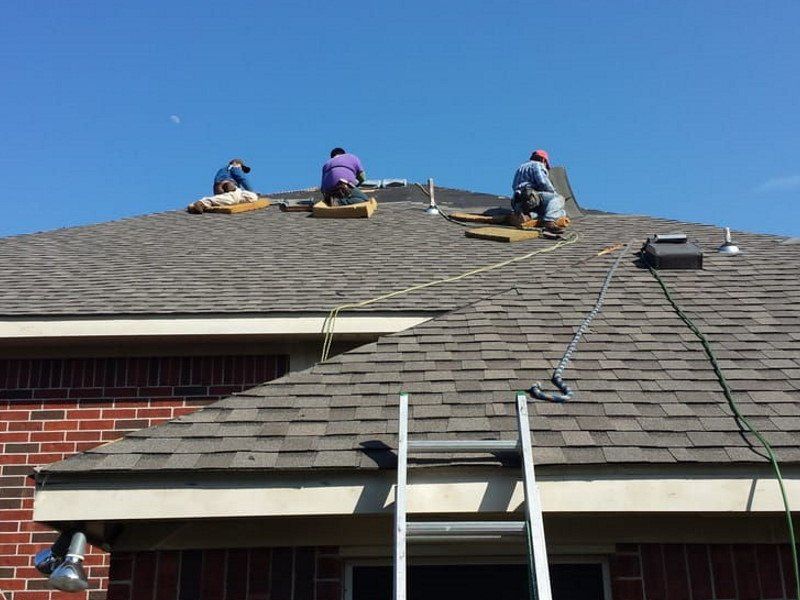
Rubber Roofing Benefits
Rubber roofing is a cost-effective way to protect your building from water damage. The system also provides extra insulation and energy savings, as well as it’s made from one of the safest materials available today. In addition, installing rubber roofs over existing roofs requires less labor and time than replacing an entire roof.
Durability
Rubber roofing is extremely durable and will last for decades with proper care. It can also be customized to fit any space, which makes it perfect for any commercial property. The material also offers excellent protection against temperature fluctuations, ultraviolet rays, hail, snow, ice dams, and even fire.
Environmental Friendly
Rubber roofing is made from recycled materials and can be recycled itself when it reaches the end of its useful life. Some are 100% recycled, while others are made from at least 50% reclaimed rubber.
Lightweight
Rubber roofing is a lightweight material that can be easily installed onto most building structures with minimum disruption to the property.
Affordable
Rubber roofing systems are very affordable compared to other roof types on the market. They have a lower initial cost but offer significant savings over time with their excellent insulation and durability.
Safety
Due to their durability and lightweight, rubber roofs can be walked on without causing any damage. Their flexibility also makes them perfect for high-wind areas since they won’t easily tear or rip during heavy storms. Furthermore, rubber roofs are resistant to fire and won’t emit dangerous fumes or toxic substances should a fire ever occur.
Natural Insulator and Energy Saver
Multi-ply Rubber roofs are excellent at keeping heat inside during the winter and out during the summer. This results in significant energy savings for commercial property owners, which can offset most of the initial cost of installing rubber roofing.
Single-ply rubber membrane with light colors reflects the sun more efficiently, keeping your building cooler. This can result in an annual energy savings of up to 15% and a significant reduction in carbon footprint.
Inexpensive
When it comes to the money aspect of any roofing system, rubber roofs are one of the most inexpensive options. Rubber roofs are not only less expensive in price but they require fewer resources to install and maintain, making them an environmentally friendly option for your building or home.
Easy Maintenance
A rubber roof doesn’t require a lot of maintenance. Since the system is made from one solid piece, it has fewer crevices and seams that can trap dirt or other types of debris. All you have to do is simply hose the roof down every couple of months to remove any surface buildup.
Easy to Install
Rubber roofs are very easy to install even for commercial buildings with flat or low-slope roofs. It is because they are flexible, lightweight, and easily customizable to any access areas, making them perfect for roof decks or any other kind of flat surface.
Prevents Moisture Infiltration
Rubber roofs are 100% waterproof and prevent any moisture infiltration into the building structure, which is especially important in commercial buildings where water can create dangerous conditions for the staff or make entire areas inaccessible.
Mold and Mildew-Resistant
Rubber roofs are naturally resistant to mold and mildew. A rubber roof with preventive maintenance can last for decades without the risk of developing mold or mildew, which is perfect for outdoor structures in humid areas.
Fire Resistant
Rubber roofs are resistant to fire and won’t emit dangerous fumes or toxic substances should a fire ever occur. Since rubber is highly heat-resistant, it can be exposed to direct flames without being compromised.
Noise Insulation
Rubber roofing provides excellent noise insulation because it is naturally resistant to sound and vibration. This makes it perfect for any type of commercial building, such as construction yards and warehouses, where noise can affect the surrounding area.
Easy to Repair
It is easier to find and patch leaks in single-layer rubber roofs than in other roofing systems. Leaks can be detected and repairs made simply by following the waterline on the roof, which should lead you directly to the damaged area.
UV Protection
Most of the rubber roofing products on the market provide excellent UV protection, which allows them to last longer and protect your roof from fading in the sun.
Rubber Roof Potential Weaknesses
There are some things that if you keep in mind and take proper precautionary measures, you should have no problem using Rubber roofing and your roof will last you decades.
Some of the most important things to keep in mind when installing, maintaining, or repairing a rubber roof are the following:
- Rubber roofs must be sealed during installation. This is necessary to prevent water leakage and to make sure all seams are properly sealed. Sealing the roof is also important for its appearance - over time it might crack and lose its shine if not properly maintained.
- If you do not properly maintain your roof, over time it will naturally get dirty and discolored. It is advised that every three to five years you apply a coat of rubber cleaner or paint to restore the original color and appearance of your roofing system.
- Periodic maintenance is required for rubber roofs to avoid future problems and minimize the risk of leaks. It is recommended that you inspect your roof yearly for signs of damages or problems, especially after harsh weather conditions.
Rubber Roofing Summary
There are many different reasons why rubber roofs are the perfect roofing solution for your specific needs. They are completely waterproof, fireproof, mold-resistant, and one of the most durable materials available on the market today. Rubber roofs also provide excellent noise insulation and can be used to create usable outdoor space with a roof deck.
One of the major concerns people have when deciding whether or not to use rubber roofing is how it is expected to be maintained. As long as you take proper precautions when installing, maintaining, or repairing your rubber roof, you should have no problems using it for decades.
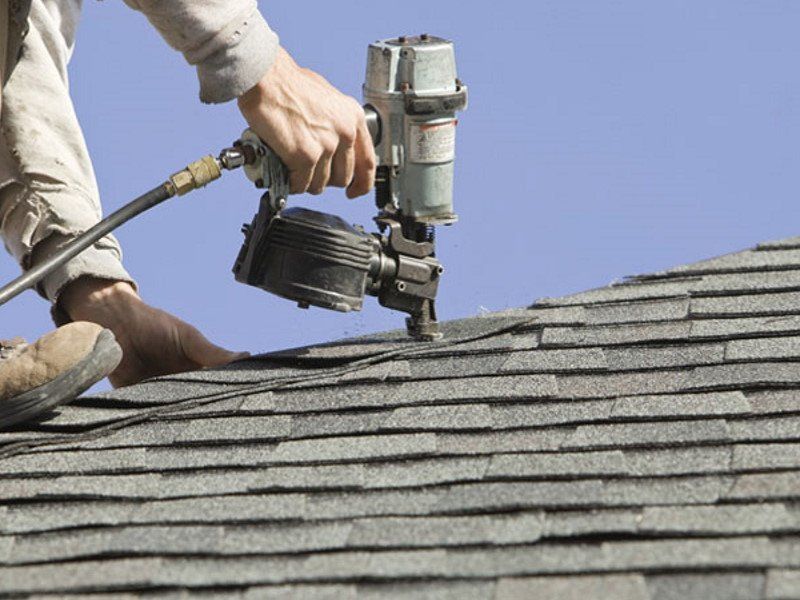
Rubber Roofing FAQS
Is a rubber roof better than shingles?
As you can see, there are many different types of rubber roofs. They're all really good at protecting your home and preventing water damage. However, some types of roofs are better than others for certain climates. For instance, a single-ply roofing system is better suited for a wet area such as a TPO roof. Some people even use EPDM roofing instead of PVC in really cold areas because it holds up better due to the high temperatures.
How long does a rubber roof last?
A rubber roof is a very durable type of roofing product that can last for many years when applied and maintained correctly. Rubber roofs provide excellent protection against UV rays, extreme temperatures, and even hail. With such a wide variety of rubber roofing products available in today's market, you can find one that is designed for your specific climate and is sure to last.
Does a rubber roof smell?
There is a slight smell of a rubber roofing product at first. It's not too bad, however. You can expect the rubber-like scent to dissipate over time as the material is exposed to UV rays and other environmental factors.
Is PVC roofing the same as EPDM?
EPDM and PVC are both terms used to describe the rubber roofing material. EPDM stands for ethylene propylene diene monomer while PVC is a plastic polymer, also known as polyvinyl chloride or vinyl. The two materials can be very similar in appearance and properties, though they should not be confused since they are both unique products.
What is the difference between a TPO and PVC roof?
The two products are very similar in appearance and properties, though they should not be confused since they are both unique types of rubber roofing materials that have different qualities and uses. TPO is cheaper and is more established. However, PVC is newer, more expensive, and has a higher resistance to chemicals.
Is TPO considered a rubber roof?
Although TPO is a Plastic Polymer, it is actually considered a type of single-ply rubber roofing system because it feels like rubber. It is flexible, waterproof, and fireproof like other rubber membranes.
Is TPO roofing better than EPDM?
There are a number of factors to consider when determining which type of rubber roofing product is better for your specific needs. TPO is a newer kind of rubber membrane that has been rapidly growing in popularity over the past few years. EPDM, on the other hand, has been used as an effective waterproof material for many decades and is well-known throughout the industry. TPO is generally considered to be better for colder climates, though EPDM has a longer life expectancy overall.
Metal vs Rubber Roofs, which is better?
While metal roofing is a very popular type of roof, rubber roofs are beginning to gain in popularity. In fact, there are many benefits that make rubber roofs better than other options, including their flexibility and the initial cost. They're also easy to install and easier on the wallet.
Why should I choose a rubber roof over other types?
There are many reasons to choose a rubber roof over other types of roofs, including the fact that they're environmentally friendly and cost-effective. The initial price of rubber roofs is lower than metal roofs, but they last longer and only need basic repairs every five to ten years. In addition, rubber roofs are green roofs because they're naturally made from a sustainable resource and require very little maintenance.
Can you walk on rubber roofs?
Yes, it is possible to walk on a rubber roof. This can be done with great caution, however. It's important to make sure the surface of the rubber has been properly prepared for this activity. The proper steps should be taken in order to prevent damage or harm to both yourself and the roof itself.
How do you maintain a rubber roof?
There are various ways to clean and maintain a rubber roof. Most experts recommend using just water to clean it, while others may use soap or bleach if necessary.
Contact Southern Roofing Systems for Rubber roofing today!
At Southern Roofing Systems, we have been specializing in roofing systems that are designed for your specific climate and needs. Our team of experts is sure to provide you with a product that is sure to last. Contact us today to learn more about our product line and how we can assist you with your next roofing project!

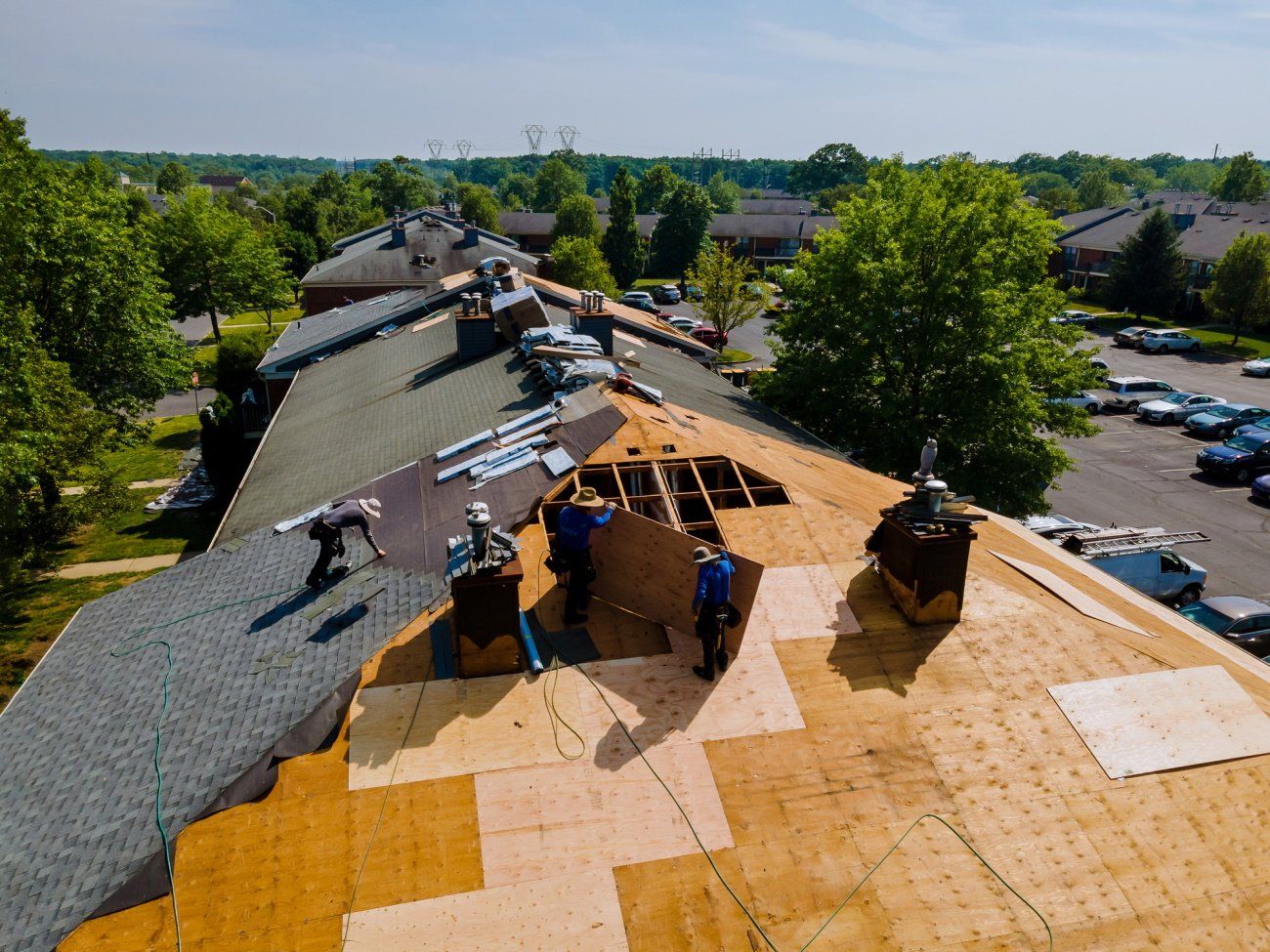
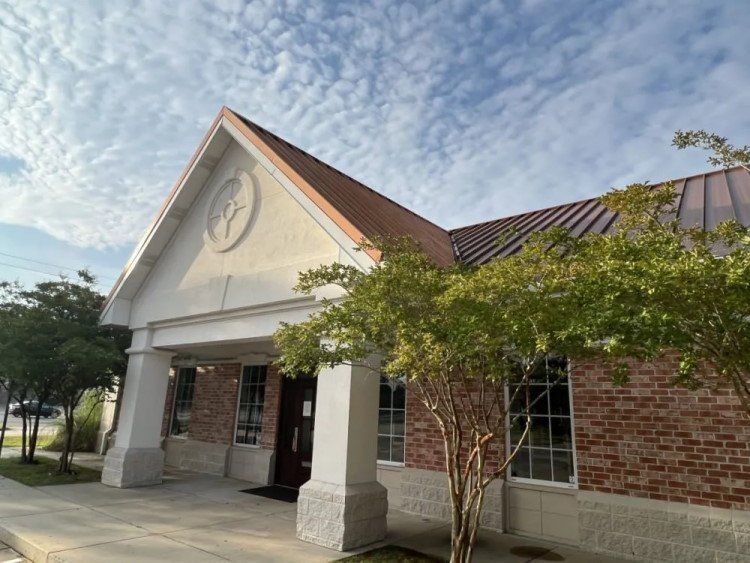
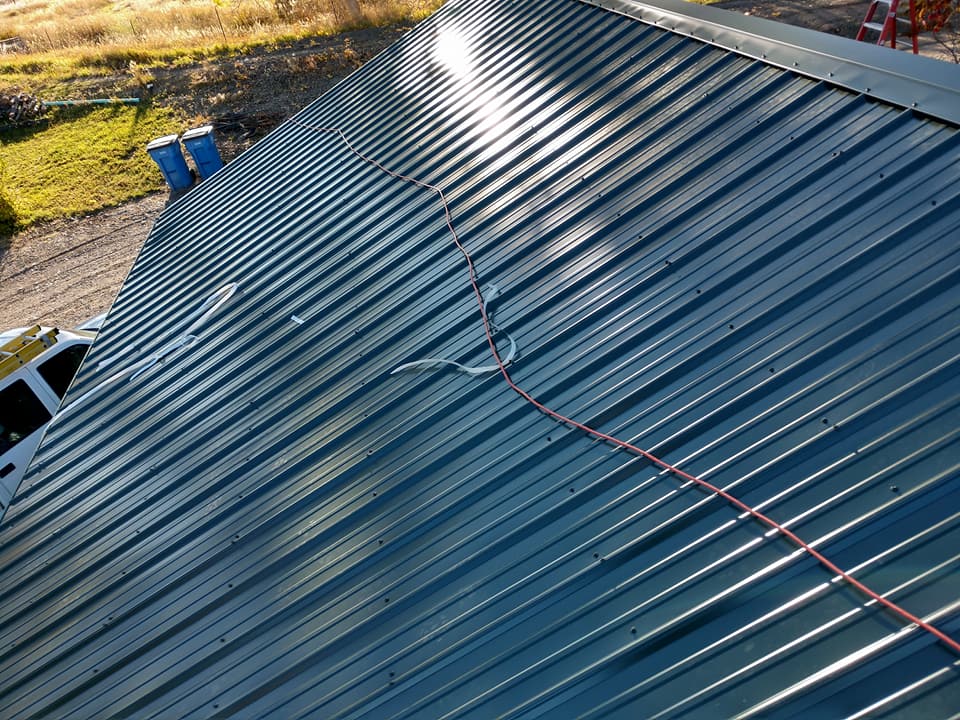

![What Is Torch Down Roofing? [Benefits and Downsides]](https://lirp.cdn-website.com/d89ea654/dms3rep/multi/opt/iStock-1092069734-6690c8ea-1920w.jpg)
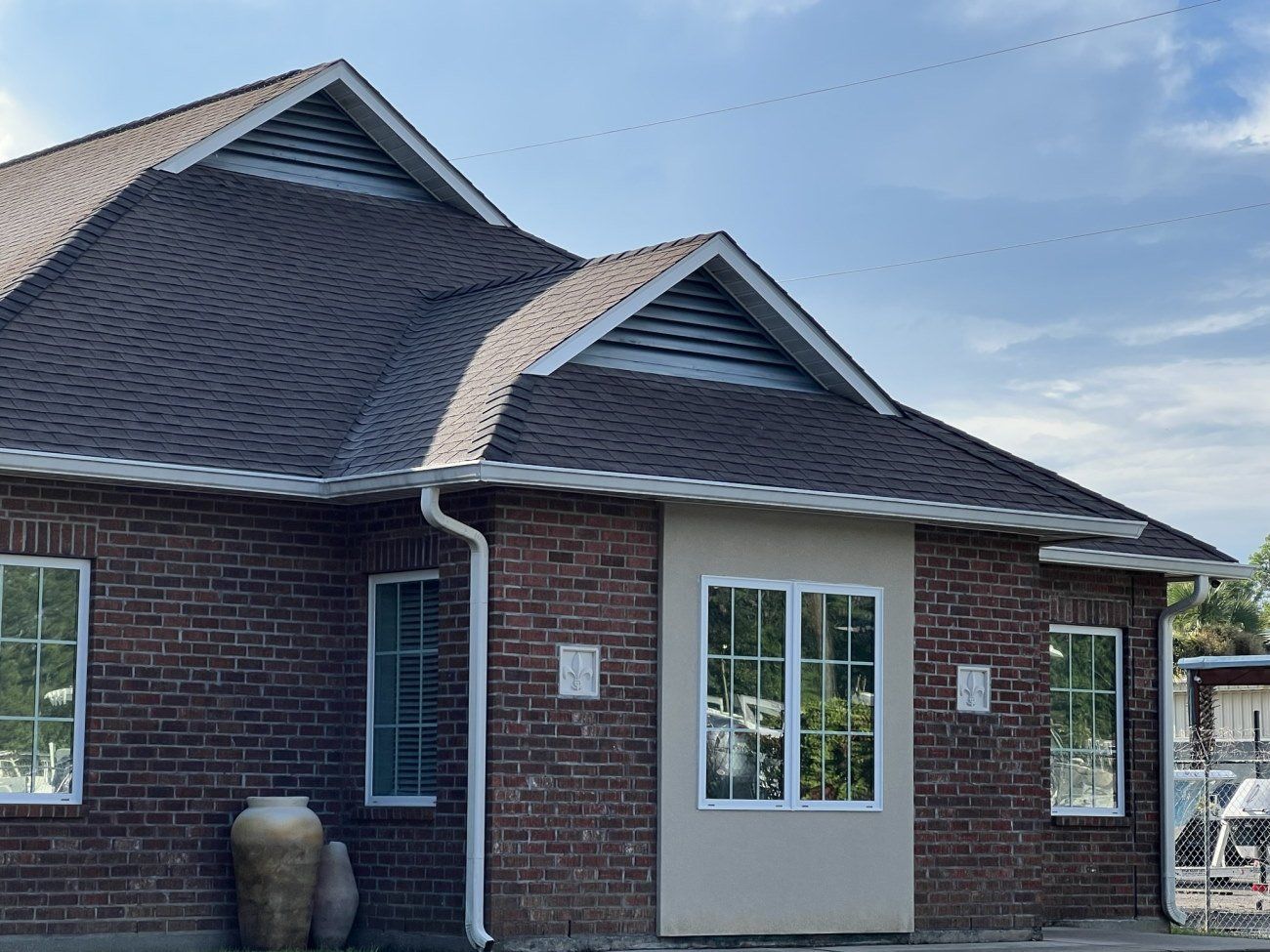
![How to Remove Moss from Your Roof [The Ultimate Guide]](https://lirp.cdn-website.com/d89ea654/dms3rep/multi/opt/older+roof+in+need+of+roof+repair+in+Orange+Beach-1920w.JPEG)
